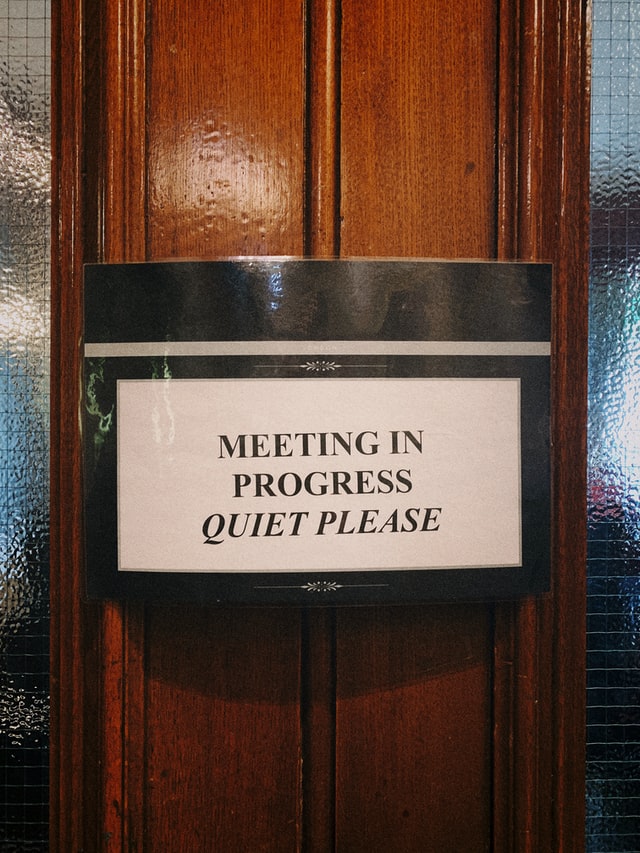As highlighted in the Financial Services Royal Commission, board meeting minutes can ultimately be used to prosecute or defend the actions of directors. This is because minutes are the legal evidence of board meetings and assist in establishing whether directors have fulfilled their legal duties. Minutes also serve as a key reference point for executives who implement the board’s decisions. For these reasons, very careful attention needs to be placed on the accuracy and content of minutes.
Board decision-making before, during and after the COVID-19 pandemic will no doubt involve difficult decisions and careful consideration of various risks and other factors. Ensuring that board decisions and their rationale during this time are well documented and capable of being defended if later called into question will be particularly important.
Section 251A of the Corporations Act requires that the “proceedings and resolutions” of directors’ meetings be recorded within one month of the meeting. (Note this section does not mandate that final minutes be signed within one month.)
Other provisions of the Corporations Act also require that certain matters, such as directors’ declarations of interest, be recorded in the minutes.
However, the Act provides scant other guidance as to what the minutes should include and who should take them.
So what should board meeting minutes include?
In August 2019 the Australian Institute of Company Directors (AICD) and the Governance Institute of Australia (GIA) released a ‘Joint statement on board minutes’ outlining key principles and providing their joint view on matters to be included in minutes.
Key points made by the AICD/GIA include the following.
- The level of detail in minutes may vary from company to company and between matters considered by the board. Board minutes are not a report or transcript of the discussion or debate during the meeting, or a record of an individual director’s contribution. Too much information can be as unhelpful as too little, and can cause a lack of clarity. A ‘happy medium’ between pure minutes of resolution and minutes of narration will often be appropriate, noting that it is ‘important that the approach adopted with minutes is consistent’.
- Minutes should include the key points of discussion and the broad reasons for decisions to help establish that directors have exercised their powers and discharged their duties to act with care and diligence and in good faith, for a proper purpose and in the best interests of the company.
- It is advisable to consider the principles of the business judgement rule when preparing and approving minutes. If judgment is required and directors are balancing a number of competing risks and considerations in their decision-making, it is prudent to consider whether the minutes capture them ‘adequately but succinctly’. Further, the AICD/GIA note that if the minutes are silent on an issue, a ‘court may adopt a degree of scepticism as to whether the matter was indeed considered by the board’.
- Typical inclusions in minutes are: the organisation’s name; the nature and type of meeting; place, date and starting time; chair name; attendees; invited guests; apologies accepted; presence of quorum; minutes of the previous meeting; materials distributed before and during the meeting; proceedings of the meeting and resolutions made (including details of director votes against or abstentions); when attendees leave and re-enter the room; closing time; and chair signature.
- Beyond this, the level of detail is a question of judgement and may vary from company to company and between the matters being considered by the board. The AICD/GIA suggest that the following relevant factors are appropriate to consider when determining the appropriate level of detail to include:
- the nature and importance of, and the risk attaching to, the decision and discussion concerned
- the level of detail contained in any supporting board paper
- the regulatory environment that either the company generally or the particular decision is subject to and the need to ensure that the minutes and documents referred to in them can demonstrate compliance with relevant regulatory requirements
- any perceived self interest or conflict of interest on the part of management or the board in the decision concerned (it is desirable that the rationale for and basis of such decisions is carefully and fully recorded).
- An important issue is the way in which boards ‘challenge’ management and the extent to which this is reflected in minutes. While it is a matter for judgement in each case, it is appropriate that the minutes record significant issues raised with management by directors and the responses received or action promised.
- Directors, governance professionals and management each have an important role to play in the board reporting process. A well-written board paper will complement the minutes, and can often demonstrate the reason a decision has been taken with little, if any, further elaboration required in the minutes. It is appropriate for board minutes to refer to, without repeating, the contents of board papers and other supporting documents.
Directors Australia conducts ‘board meeting minute’ appraisals against the AICD/GIA best practice guidelines. Contact us to find out more.
Written by Directors Australia’s Company Secretary experts






